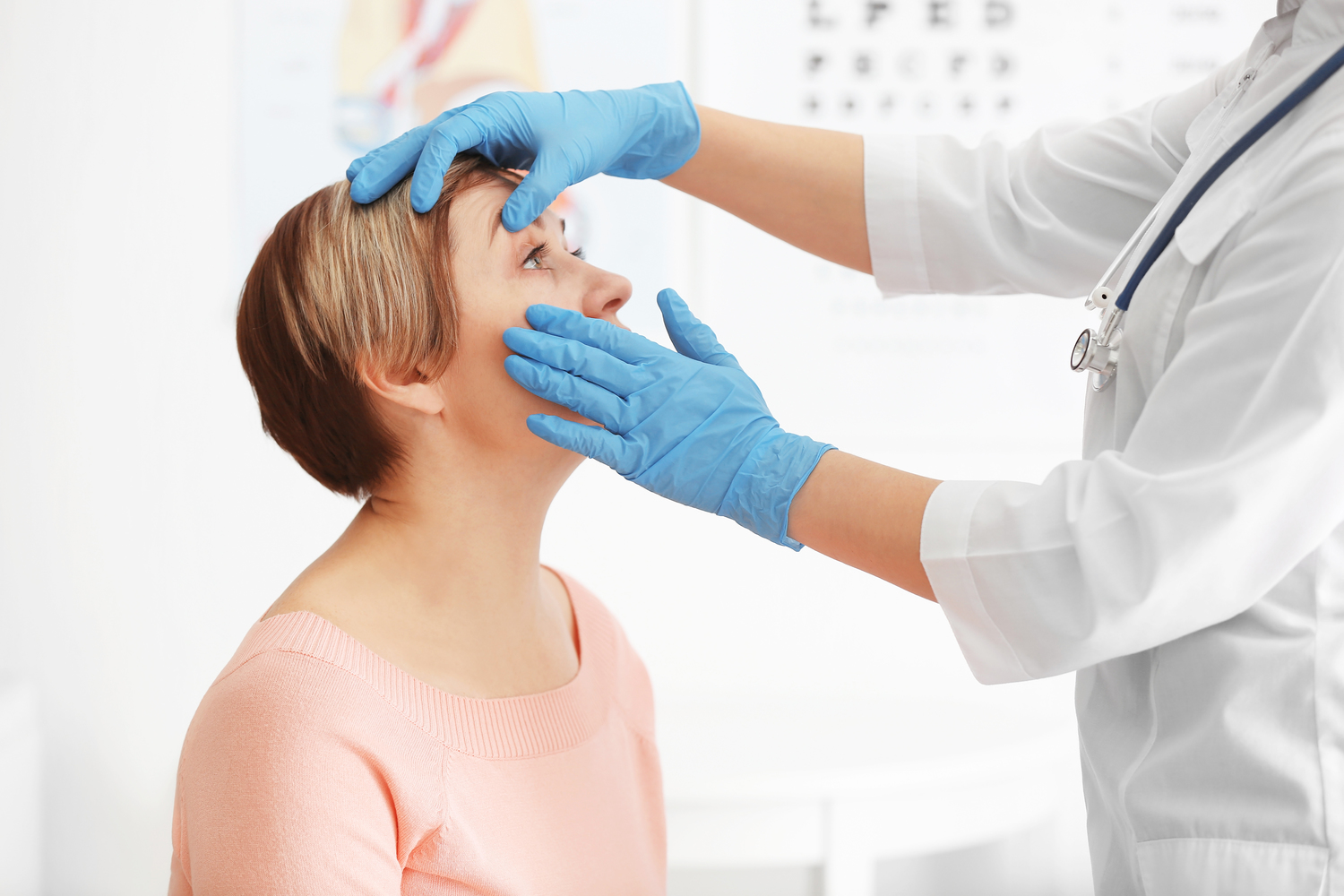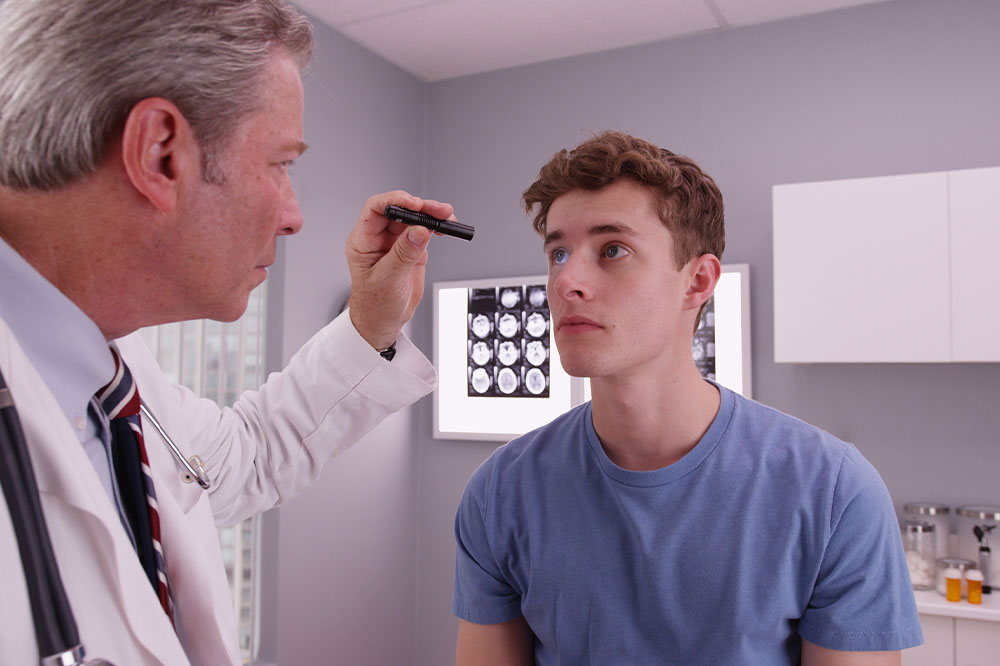All You Need to Know About Excessive Tears: Causes, Symptoms, and Treatment
Excessive tearing, or epiphora, can be caused by allergies, infections, or structural issues. Recognizing symptoms and causes is key to effective treatment. This comprehensive guide explores the reasons behind watery eyes, signs of serious problems, diagnosis methods, and treatment options, including surgical interventions and home remedies. Proper management ensures long-term eye health and prevents complications such as infections or vision issues. Prompt medical attention for persistent or severe symptoms is essential for maintaining healthy eyes and enhancing quality of life.

All You Need to Know About Excessive Tears: Causes, Symptoms, and Treatment
Our eyes are incredibly sensitive organs that require attentive care to maintain optimal health. Even minor irritations or minor issues can cause significant discomfort and interfere with daily life. One common but often misunderstood eye condition is excessive tearing, medically known as epiphora. Understanding the underlying causes, identifying symptoms, and knowing when to seek treatment are crucial steps in preserving eye health and preventing further complications.
Excessive tear production can be caused by a variety of factors, ranging from allergies to infections, structural abnormalities, or environmental irritants. While allergies stand out as the most common reason for watery eyes, other conditions can also lead to excessive tearing. Recognizing these causes and associated symptoms enables individuals to seek appropriate medical attention promptly, ensuring effective treatment and long-term eye health maintenance.
What Causes Excessive Tearing?
Chronic eye allergies, such as allergic conjunctivitis, frequently cause watery eyes due to inflammation of the conjunctiva.
Infections like infectious conjunctivitis can cause the eyes to produce excess tears as a response to irritation or inflammation.
Corneal injuries, such as abrasions or scratches, often lead to reflex tearing, as the eye attempts to protect and heal itself.
Serious eye inflammations, including scleritis, may result in excessive tearing alongside pain and redness.
Allergic rhinitis, or hay fever, often accompanies eye watering symptoms due to nasal and ocular inflammation.
Infections or inflammations arising from internal eyelid structures, such as styes or chalazion, can also provoke tearing.
Prolonged use of digital devices can cause eye strain and dryness, which paradoxically triggers increased tear response.
Other causes include chalazion formation, cluster headaches, and reactive arthritis, all capable of triggering reflex tearing mechanisms.
When Should Excessive Tearing Be a Cause for Concern?
While tear production is a natural and necessary process for eye moisturizing and protection, abnormal tear rates—either excessive or insufficient—can signal underlying health issues.
Persistent tearing accompanied by other symptoms like pain, vision changes, or redness should be evaluated by an eye care professional.
Excessive tearing becomes problematic when it is persistent and impacts daily activities or causes discomfort.
The glands responsible for tear production are located above the eyes, known as lacrimal glands. These glands release tears to lubricate and protect the surface of the eyes.
Normally, tears drain through small channels called tear ducts into the nasal cavity, maintaining a balance that keeps the eyes moist without overproduction.
Blockages in the tear drainage system can cause tears to back up, leading to overflow, inflammation, or infections, often requiring medical intervention.
Blockages can occur at various points—within the eyelid tear duct, the duct at the eyelid margin, or within the nasal duct—and should be addressed promptly by eye specialists.
Signs Indicating a Tear Production Problem
While some tearing is normal, excessive or persistent tearing, especially when combined with other symptoms, may indicate a serious issue.
If tearing is accompanied by vision impairment, pain, swelling, redness, or foreign body sensation, professional diagnosis is essential.
Signs such as eyelid swelling, twitching, or persistent redness also suggest underlying health problems that require attention.
Any ongoing discomfort or visual disturbances should prompt a visit to an ophthalmologist for proper assessment.
How Is Excessive Tear Production Diagnosed?
Diagnosing epiphora generally involves a thorough eye examination and review of symptoms.
An ophthalmologist may conduct tests to evaluate tear production and duct patency.
During examination, numbing drops might be used to prevent discomfort and enhance the accuracy of the assessment.
Insertion of a thin probe into the tear drainage system helps detect blockages or abnormalities guiding subsequent treatment.
Effective Treatment Options for Excessive Tearing
Treatment varies depending on the root cause of the excessive tearing.
In cases of irritation or mild inflammation, observation and use of antibiotics or anti-inflammatory drops may suffice.
For eyelash problems like inward growing lashes (trichiasis), removal or corrective procedures can help reduce tearing.
In cases involving eyelid malpositions such as ectropion (outward turning eyelid), surgical correction may be necessary.
Blocked tear ducts often require surgical procedures like dacryocystorhinostomy or minimally invasive probing to unblock drainage channels.
Medications such as eye drops can also aid in unblocking or reducing inflammation within the tear ducts.
Home remedies, like applying warm compresses over closed eyelids, can provide temporary relief for some symptoms.
Managing allergies that contribute to tearing entails accurate diagnosis and prompt, effective treatment to maintain optimal eye health and prevent complications.





